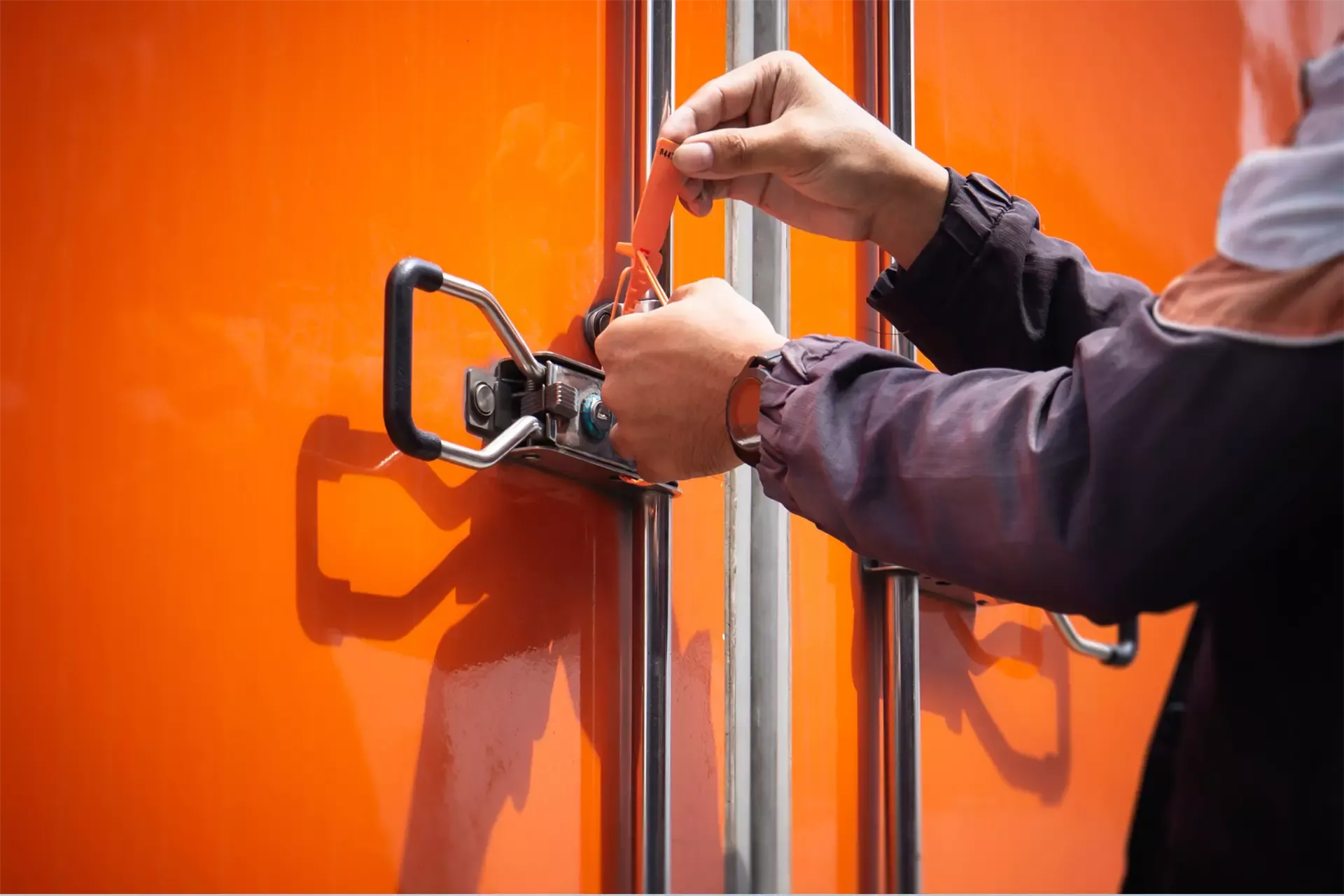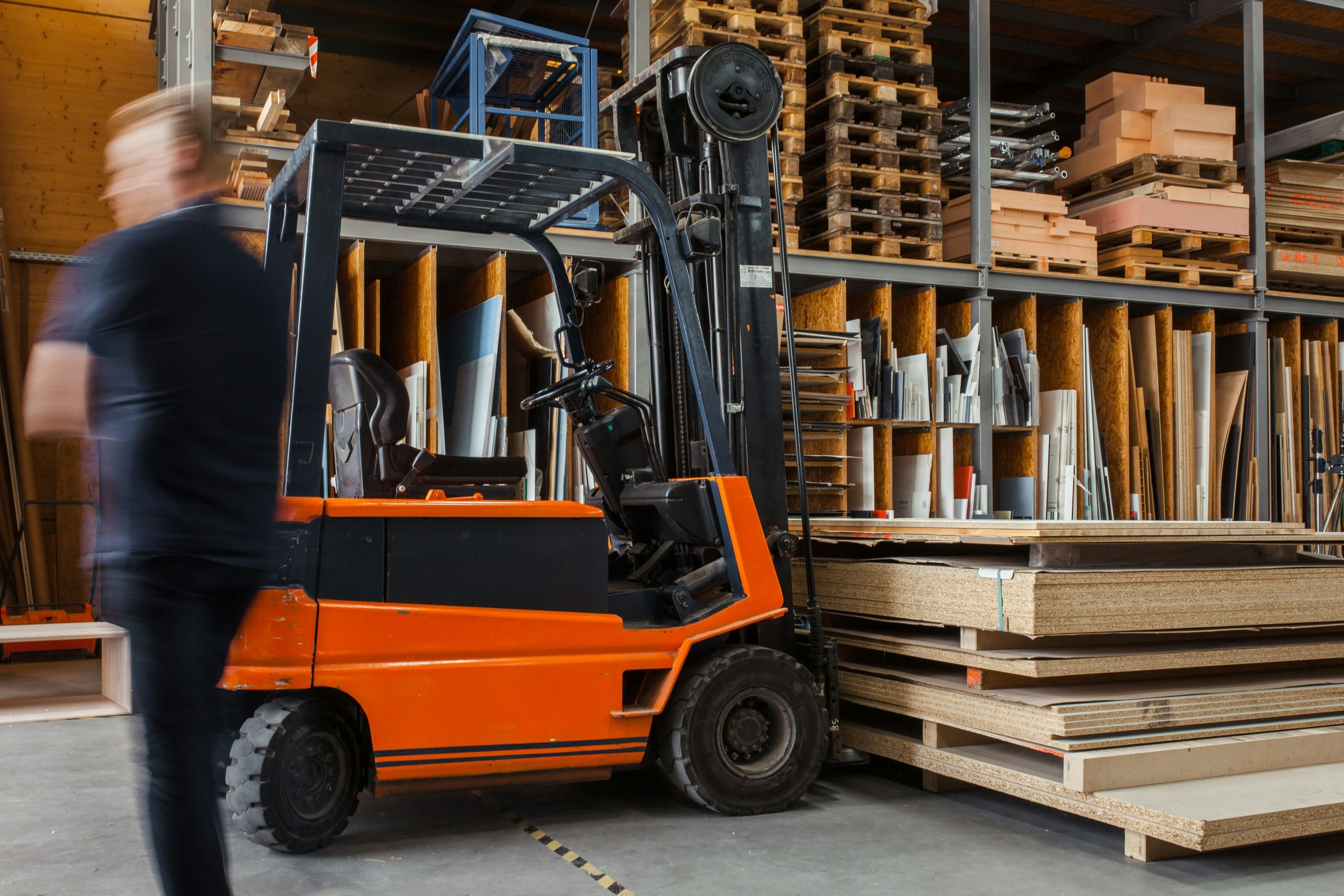What are CTPAT seals and why are they essential for your shipments?

Modern logistics relies on a complex and international supply chain. In this context, the cargo safety has become a strategic challenge for both businesses and customs authorities. One of the most reliable and recognized tools for securing containers, trailers and cargoes remains the CTPAT seal.
But what is the CTPAT, why is it essential, and what types of seals can you use to comply with its standards?
Understanding the CTPAT program
The Customs-Trade Partnership Against Terrorism (CTPAT) is a voluntary initiative launched in 2001 by US Customs (U.S. Customs and Border Protection). Its objective is to strengthen the security of the international supply chain in the face of the risks of terrorism, smuggling and illegal intrusion.
For businesses exporting to the United States, participation in the CTPAT program is often a must. It allows:
- To reduce the risk of border delays through expedited inspections.
- To improve the reputation and credibility of the company with its partners.
- To demonstrate a strong commitment to safety and regulatory compliance.
An essential part of this program is the use of high security seals certified ISO 17712, which guarantee the integrity of the cargoes from start to finish.
What is a CTPAT seal?
A CTPAT seal is a mechanical device designed to secure a container, trailer, or cargo door. Its function is twofold:
- Prevent unauthorized opening by serving as a physical barrier.
- Ensuring proof of integrity : if the seal is broken or replaced, the manipulation is immediately visible.
Each seal has a unique number allowing it to be traced in logistics documentation. Thus, it is both a security tool and an indispensable monitoring element.
Compliance criteria
CTPAT recognized seals must meet very specific criteria:
- ISO 17712 certification to guarantee their mechanical strength and their inviolability.
- Unique numbering indelibly engraved or marked.
- Sturdy materials capable of resisting cutting, sawing and forced handling.
- Visible evidence of break-in : any attempt at sabotage must leave a clear and irreversible trace.
Without the use of proper seals, cargo may be subject to additional checks, delays, or even denied entry into the United States.
The range of CTPAT seals offered by Secur-T
Chez Secur-T, we offer cable and bolt seals specifically designed to meet the requirements of the CTPAT program. Our selection covers the most common needs of land, sea and intermodal transport.
Cable seals
- Flexi Grip
An adjustable seal that is easy to use and extremely versatile. Thanks to its flexible cable, it can be adapted to different types of cargo or locking systems. It is particularly appreciated for its ease of installation and its excellent value for money. - Tydenflex
A high security model designed to withstand the most severe manipulations. Tydenflex is ideal for long-distance expeditions and tough environments. Its robustness makes it a preferred choice for many carriers.
Bolt seals
- Snaptracker
An ISO 17712 certified bolt seal, widely used to secure maritime containers. Its tamper-proof locking mechanism ensures maximum security and its installation is quick and reliable. - Locktainer
A sturdy and durable bolt seal, perfect for securing trailers and containers under heavy stress. Its solid design makes it an essential solution for businesses looking for optimal protection.
The advantages of choosing Secur-T
For over 40 years, Secur-T supports companies in securing their cargoes thanks to in-depth expertise and a range of reliable products. Our CTPAT seals are distinguished by:
- Uncompromising compliance : all our models comply with CTPAT and ISO 17712 standards.
- Exemplary traceability : unique numbers and simplified documentation.
- Proven robustness : high quality materials, tested to resist fraudulent manipulations.
- A vast inventory : fast availability and delivery across Canada.
- Personalized support : our specialists guide you to the seal that best suits your specific needs.
Best practices for use
The effectiveness of a CTPAT seal is not only based on its design, but also on its correct use. Here are some essential practices:
- Apply seal immediately after loading and record its number in the documentation.
- Train staff to the installation and verification of seals.
- Conduct regular inspections during transport to ensure their integrity.
- Manage a secure seal registry not used to avoid loss or substitution.
- Document any anomaly (replacement, breakage, inspection) and inform the parties concerned.
CTPAT seals represent much more than a regulatory requirement: they are a symbol of the reliability and responsibility of a company in managing its supply chain. By choosing the models Flexi Grip, Tydenflex, Snaptracker And Locktainer, you rely on certified, robust and internationally recognized products.
With Secur-T, you are assured of protection in accordance with the highest standards and expert support to secure your cargoes and maintain the trust of your partners.
Our Secur-T team is waiting for you, contact us:
- By email: info@ [email protected]
- By phone 514-333-0077, dial 2
- Through our direct chat: https://securt.ca/a-propos/contacts/





